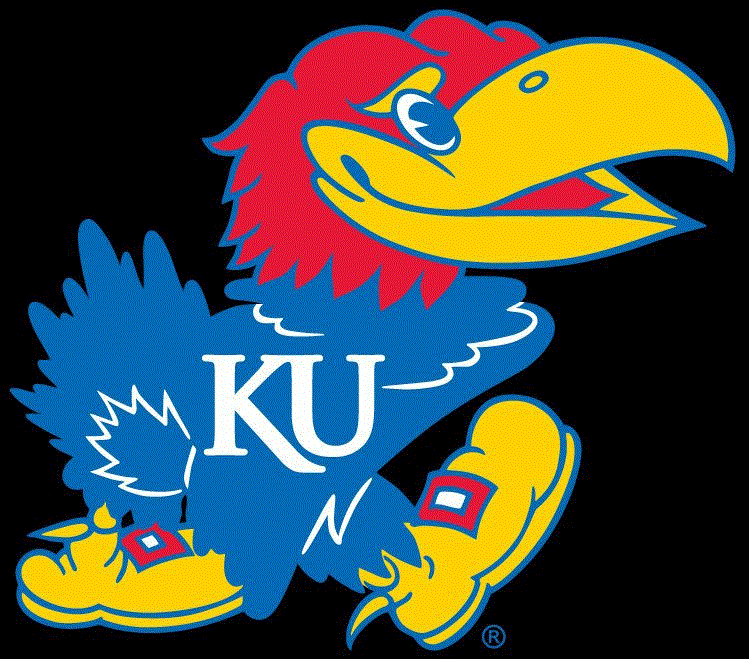 |
University of KansasElectrical Engineering & Computer Science |
 |
University of KansasElectrical Engineering & Computer Science |
Final --> Friday Dec 19 7:30-10:00
At the conclusion of this class the students are expected to be able to:
• Discuss the basics of network protocols, including, access control,
data link control and, TCP/IP.
• Discuss the tradeoffs involved in network design in a variety of environments
- LAN and WAN, diverse link rates, and varied error and delay conditions
• Discuss the layered structure of protocols
• Discuss the importance of standards
• Perform simple analytic performance and design trade-off studies
• Perform simple simulation-based performance and design trade-off studies
• Discuss the basics of network security, including public/private key
systems, digital signatures, key distribution systems, and certificate authorities.
• Use network analysis, e.g., Wireshark and PingPlotter, and simulation
tools
____________________________________________________________________________________________
Academic Integrity and Plagiarism
The department, school and university have very strict guidelines regarding
academic misconduct. Obviously, copying is not allowed on exams. Students are
expected to submit their own work on individual homework and projects. Lending
or borrowing all or part of a simulation model or program from another student
is not allowed. Students ARE allowed to borrow and modify any code on this class
web site in their projects. Instances of cheating will result in a referral
to the department chairman and the dean of engineering.
All sources in your written work (project reports) must be properly referenced;
if you use a source from the literature or the idea of another for your work
you must reference it. If you quote or copy a block of text, it must be cited
and included in quotation marks (if a sentence or less in length) or in block
quote style (if more than a sentence in length). If you paraphrase text (reword
a phrase, sentence, or paragraph), you must also quote or blockquote followed
by “[paraphrased]” in addition to proper citation. Figures taken
from other sources must be referenced.
The USC academic integrity quiz is also useful reading. If you have any doubt, talk to me – inexperience in past writing or coming from an environment where plagiarism was permitted will not be an acceptable excuse for academic misconduct.
I recommend that you take intermediate notes from which you write your own words. I strongly recommend that you not write in one window while displaying the work of others in another window; this is asking for trouble. “Unintentional” paraphrasing is also not an acceptable excuse for academic misconduct.
Modified with premission from James P.G. Sterbenz http://www.ittc.ku.edu/~jpgs/courses/eecs800/
and John Gauch http://www.ittc.ku.edu/~jgauch/teaching/258.f03/syllabus.html
____________________________________________________________________________________________